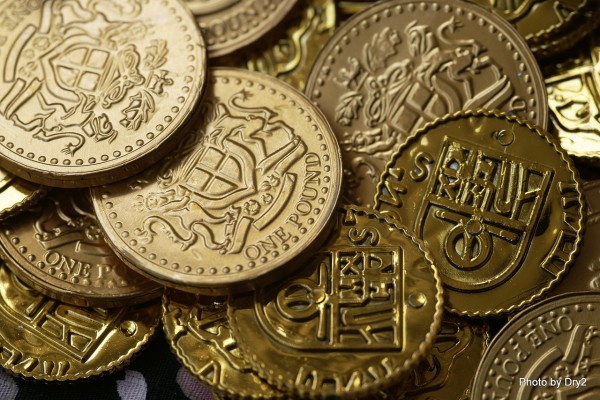Everybody’s catching bitcoin fever these days as the cryptocurrency craze reaches new heights. But a financial analyst who’s been watching the digital alternative to fiat currency unfold over the past several years says that people should be careful because cryptocurrency isn’t real, and in many ways resembles what some have colloquially referred to as a pyramid scheme.
While seemingly innovative on its surface, the cryptocurrency format is hardly a guarantee of financial security, warns Howard Marks. As risky as things like Federal Reserve Notes are, since they, too, are backed by nothing but a promise of value, cryptocurrencies like bitcoin are similarly questionable because they don’t technically exist.
Sure, there are some valid uses for bitcoin, especially once its value stabilizes and its format is standardized. But do investors, and especially those buying into the concept for speculative purposes, really want to risk losing it all? This is what Marks suggests could happen, drawing from earlier predictions he made about the dot com bubble burst at the turn of the new millennium. (Related: Bitcoin is constantly changing, and it’s important to keep up with what’s going on. Stay tuned at Bitcoincrash.news.)
Marks wrote in a recent memo:
People tell me these currencies are solid, because (a) they’re secure against hacking and counterfeiting and (b) the software used to generate them strictly limits the amount that can be created. But they’re not real!!!!!
Cryptocurrency value only exists relative to fiat value, both of which are made up
Before the days of Federal Reserve Notes, the U.S. dollar was backed by gold and silver. These precious metals had natural scarcity and built-in value that reflected on the greenbacks issued to Americans to spend as currency.
With the creation of the private Federal Reserve in 1913, however, all that changed, and the “dollar” was suddenly backed by nothing more than the number of paper notes that could be printed at the press. The same is true of cryptocurrencies like bitcoin that, while they are said to have scarcity in their limited number of “coins,” are little more than zeros and ones stamped on a hard drive.
When push comes to shove, you can’t eat a bitcoin any more than you can eat a dollar (at least to gain any nourishment, anyway). Both forms of currency hold only perceived value to the extent that people view them as being valuable. The extreme potential volatility of this scenario is striking, and something of which cryptocurrency investors need to be aware.
In his book bubble.com, Marks points this out, highlighting the inherent pitfalls in e-commerce technology that delves into the territory of fictitious value. While relevant specifically to the dot com phenomenon, Marks says such lessons are still applicable today in terms of the digital currency movement.
He tells the following story, as originally told to him by his own father about how to make money:
Two guys meet in the street. Joe tells Bob about the hamster he has for sale: pedigreed and highly intelligent. Bob says he’d like to buy a hamster for his kid: “How much is it?” Joe answers, “half a million,” and Bob tells him he’s crazy.
They meet again the next day. “How’d you do with that hamster?” Bob asks. “Sold it,” says Joe. “Did you get $500,000?” Bob asks. “Sure,” says Joe. “Cash?” “No,” Joe answers, “I took two $250,000 canaries.”
In other words, digital currency swappers trading out their fiat are dealing in two valueless currencies at the end of the day. Marks believes this to represent “financial naiveté, willing risk-taking and wishful thinking.” He further believes that they’re an “unfounded fad,” or pyramid scheme, that at some point is going to spell disaster for those with the least amount of information about what they’re actually doing.
Sources for this article include:


